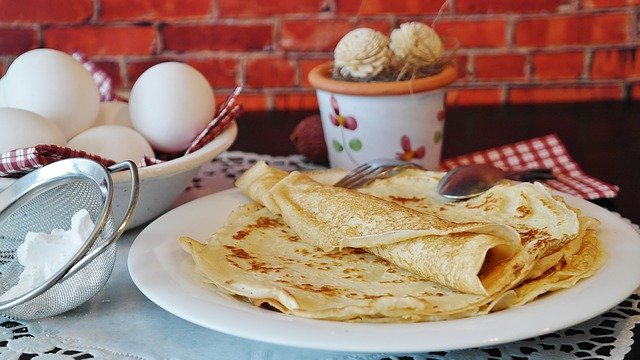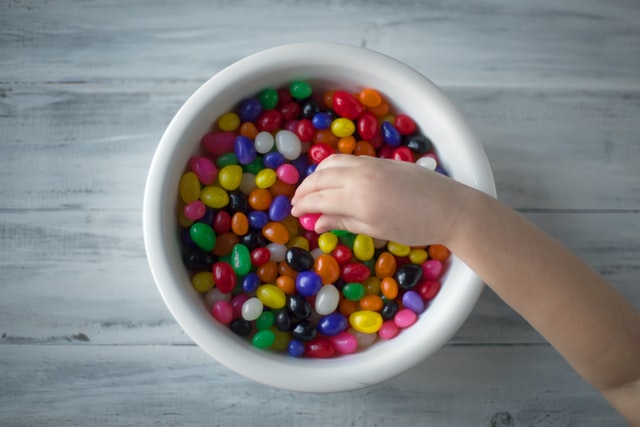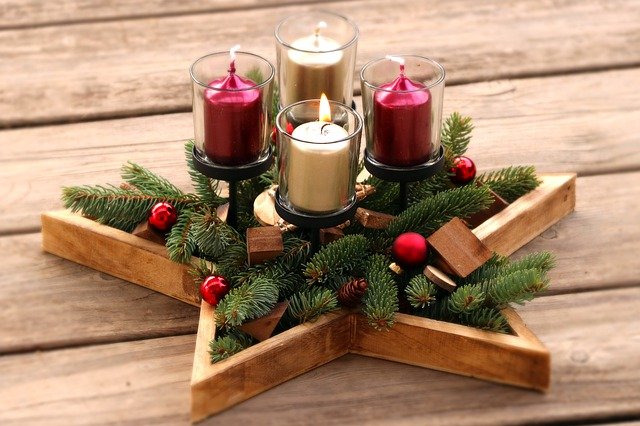Swedish Pancakes: A Scandinavian version of pancakes featuring thin batter and an easy recipe

Pancakes are a popular and fashionable sweet in Japan and are just as prevalent in Sweden.Unlike the fluffy soufflé pancakes in Japan, Swedish pancakes are characterized by their thin, chewy texture.
Here I would like to introduce the characteristics of Swedish pancakes and their recipes in detail.Please read on to know what kind of pancakes are eaten in Sweden.
Features of Swedish Pancakes
Pancakes are one of the most popular sweets in Japan. And pancakes are also a popular dish in Sweden. Pancakes have a long history in Sweden and are considered one of the traditional home-style dishes.
Pancakes are called differently in Sweden, where they are called “Pannkaka. There are two types of Swedish pancakes: pan-fried and oven-baked. Pancakes made in the oven are called “Flaskpannkaka.” On the other hand, pancakes made in a frying pan are called plättar. The pancakes introduced here are the plättar type.
The most significant difference between Japanese and Swedish pancakes is the texture of the batter. In Sweden, baking powder is not used to expand the batter. Therefore, the texture of the dough is chewy, not fluffy, like the regular soufflé pancakes in Japan. It may be easier to understand if you imagine a crepe batter.
Simple Recipes
The recipe for Swedish pancakes is straightforward. You only need milk, eggs, flour, butter, sugar, and salt. First, all the ingredients are mixed in a bowl. Next comes the baking process. Pour the batter onto the buttered pan and spread it out to make the thickness even. When bubbles appear on the surface of the batter, turn it over only once. Unlike soufflé pancakes, the batter is thin and requires only a short heating time.
When baking the dough in the pan, instead of pouring it all in at once, it is baked in four to five batches, depending on the amount. This way, multiple thin batter sheets are cooked and laid flat on a plate.
Swedish pancakes are also eaten in a variety of ways. The batter’s thinness can be used to fold it into four pieces, or it can be eaten like a crepe, wrapped into a circle with ingredients inside.
A wide range of arrangements is possible
The recipe’s simplicity for Swedish pancakes makes it easy to adapt to your tastes. In Sweden, freshly cooked pancakes are usually served with lingonberry jam and sour cream.If you serve fruit and herbs as toppings, it will look even better on social media.
It is also popular to serve pancakes with only granulated sugar and lemon juice to savor the original flavor of the batter. I also recommend changing the pancake toppings to vegetables such as avocado, lettuce, and tomato and wrapping the ingredients in the batter like a sandwich.You can enjoy these pancakes as a meal with plenty of vegetables.
Conclusion
Swedish pancakes are characterized by their thin, crepe-like batter, which is different from the soufflé pancakes we generally imagine. Because of the thin batter, Swedish pancakes take less cooking time and can be prepared quickly and crispily.
For this reason, pancakes are widely eaten in Sweden as a light and convenient meal, from breakfast to dinner, regardless of the occasion. The ingredients and recipe are straightforward, so please try making them at home on your next holiday.




